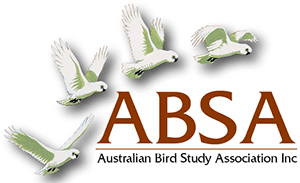An assessment of two types of sound recording device for avian field surveys in the monsoonal tropics
| Posted: |
05/12/2021 |
| Author(s): |
Andrew C. Edwards, Patrice Weber, Sarah Fischer, Timothy G. Whiteside |
High ambient temperatures and humidity for at least half the year in the Darwin, Northern Territory area of Australia make field surveying by established observational techniques onerous. Therefore, to explore possible aural detection and identification of birds during field surveys, the performance of two high-quality, low-cost sound recorders, the AudioMoth and Zoom H1n Handy (H1n) (with associated analytical software), was compared for (a) ground-based, point-count surveys, and (b) aerial surveys conducted with a remotely piloted aircraft (RPA). The performance of the audio-recorders in the point-count trials was also compared with that of a human observer. A set of pre-recorded, standardised vocalisations of seven bird species that occur naturally in the area was broadcast from a speaker to test for detectability and identification. In the point-count trials, the human observer was superior to both audio-recorders in detecting the broadcast signals but not in species recognition, and the Audiomoth facilitated better species recognition than the H1n recorder. In RPA trials, vertical distance from the speaker negatively affected detectability of vocalisations when the RPA was hovering in a stationary position. When the RPA was in flight, the H1n recordings facilitated detection of all broadcast vocalisations, whereas fewer than 50% of them could be detected from the Audiomoth’s recordings due to its greater sensitivity to RPA noise. We concluded that in this environment the Audiomoth would be more effective for ground-based, stationary, point-count surveys and the H1n for RPA-assisted, mobile, aerial surveys.
>> Download Abstract |
File Size: 172 KB
>> Download Complete PDF | File Size: 583 KB
